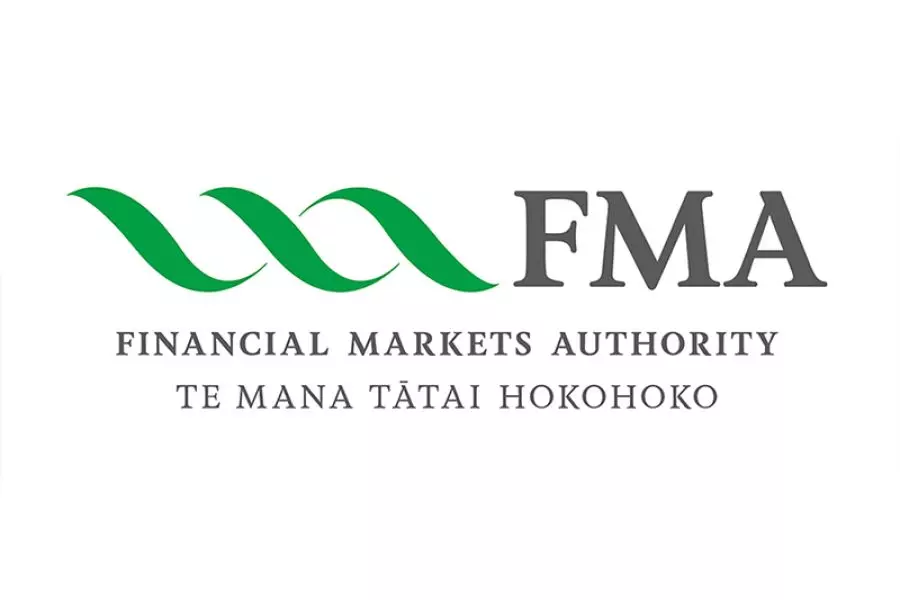News
Affordability key to value growth

Wednesday 7th of August 2019
The property market might be subdued but national values remain firm with QV’s House Price Index for July showing quarterly value growth remaining at 0.1%.
At the same time, it has the annual rate of change increasing slightly from 2.0% at the end of June to 2.2% at the end of July, leaving the average national value at $687,683.
Despite this, many regional areas including...
Want to read the full article?
Click the button below to subscribe and will have unlimited access to full article and all other articles on the site.









![[The Wrap] Bye Bye Bayly](https://goodreturns.publit.io/file/c_fill,w_900,h_600/39f23ac1-f7c7-4854-b700-a150004ebbac.webp)